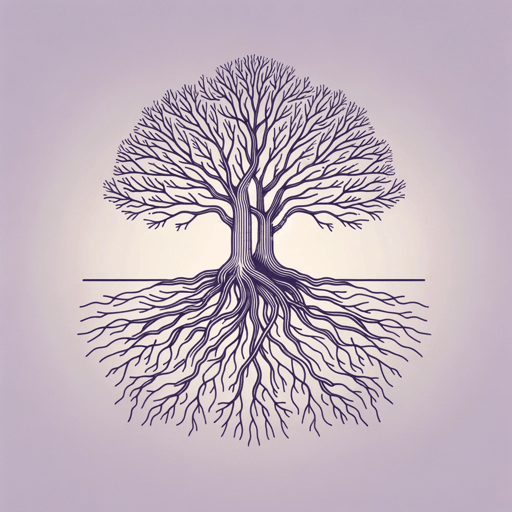62 pages • 2 hours read
Peter WohllebenThe Hidden Life of Trees: What They Feel, How They Communicate—Discoveries from a Secret World
Nonfiction | Book | Adult | Published in 2015A modern alternative to SparkNotes and CliffsNotes, SuperSummary offers high-quality Study Guides with detailed chapter summaries and analysis of major themes, characters, and more.
Chapters 33-36Chapter Summaries & Analyses
Chapter 33 Summary: “Healthy Forest Air”
Wohlleben begins Chapter 33 by explaining how forests clean the air. He compares the forest to a filter since it effectively traps dust, pollen, and human pollutants from circulating in the air. Trees also release phytoncides and other scents into the air that have a cleansing effect. He cites a Korean study which showed that forest walks improved walkers’ blood pressure and lung capacity. The author offers the explanation that people may be able to pick up on the “swirling cocktail of tree talk” happening around them in undisturbed forests (223). Wohlleben also claims that in unhealthy forests humans may be able to pick up on the “alarm calls” that distressed trees send out to each other.
Each square mile of forest produces about 29 tons of oxygen per day, enough for 10,000 people’s daily oxygen needs. He notes that this oxygen production decreases at night, when trees are using their carbohydrates and release more carbon dioxide. Rotting leaves and wood also release carbon dioxide as they break down. Wohlleben explains that in the winter forests produce much less oxygen, and credits marine algae with solving the “oxygen deficit” in central Europe. These algae produce oxygen which arises from the oceans and is moved inland by winds.

